Part Analysis
| General Data | |
| Manufacturer (OEM) | Helly Technology |
| PCB Type | Double-Sided |
| Primary Side | |
| Transient Filter | 2x Y caps, 2x X caps, 2x CM chokes, 1x MOV |
| Inrush Protection | 1x NTC Thermistor MF73T-1 20/7 (20 ohm) & Relay |
| Bridge Rectifier(s) |
2x GBU15J (600V, 15A @ 100°C)
|
| APFC MOSFETs |
2x Oriental Semiconductor OSG55R140HF (550V, 14.5A @ 100°C, Rds(on): 0.14Ohm)
|
| APFC Boost Diode |
1x Sanan SDS065J010C3 (650V, 10A @ 155°C)
|
| Bulk Cap(s) |
1x TDK (420V, 820uF, 2,000h @ 105°C, EPCOS)
|
| Main Switchers |
2x FuXin Semiconductor FXN45N50T (500V, 16.7A @ 100°C, Rds(on): 0.20Ohm)
|
| Resonant Controller |
Champion CM6901T6X
|
| APFC Controller |
Champion CM6500UNX
|
| Topology |
Primary side: APFC, Half-Bridge & LLC Resonant converter
Secondary side: Synchronous Rectification & DC-DC converters |
| Secondary Side | |
| +12V MOSFETs | 6x Huayi HYG009N04LS1C2 (40V,233A @ 100°C, Rds(on): 0.96mOhm) |
| 5V & 3.3V | DC-DC Converters: 2x XSEMI XP3NA3R4MT (30V, 46A @ 100°C, Rds(on): 3.4mOhm) & 2x Rectron Semiconductor RMN3N5R0DF (30V, 19.7A @ 70°C, Rds(on): 5mOhm) PWM Controller(s): 2x Anpec APW7073 |
| Filtering Capacitors | Electrolytic: 10x Ltec (2-5,000h @105°C, LXY) 3x Ltec (4-7,000h @105°C, LZG) 1x CS (3,000h @105°C, WE) Polymer: 20x Beryl (BC), 4x Chengx (PC) |
| Supervisor IC | Weltrend WT7527RA (OVD, PGO, UVD, OCD) |
| Fan Model | Hong Hua HA1225M12F-Z (120mm, 12V, 0.40A, Fluid Dynamic Bearing Fan) |
| 5VSB | |
| Rectifier(s) |
P6SMB (220V, 1A) & 1x Dongke Semiconductor DK5V60R20S
|
| Standby PWM Controller |
Excelliance MOS EM8569C
|
The modular sockets are installed directly on the main PCB; this way, energy losses are minimized since no interconnections are required between the modular and the main PCB. The heatsinks are large enough to handle the platform’s thermal loads, and there is plenty of room between the components for good airflow. This means the cooling fan won’t have to spin fast to remove the heat from the PSU’s internals.
The main transformer is surrounded by heatsinks that cool down the 12V FETs installed on the PCB’s business side. The only daughter-boards host the DC-DC converters that handle the minor rails. The design is contemporary, with a half-bridge topology and an LLC resonant converter on the primary side for lower energy losses. The primary side’s controllers are by Champion, and the APFC FETs are by Oriental Semiconductor, which I have met before on other platforms. Helly went with Chubese FETs to keep the cost down. The same goes for the majority of the capacitors on the secondary side. LTec doesn’t look to have a great reputation with a quick search I made on the net, but I plan to check these capacitors to determine whether they are reliable.
The cooling fan, a vital part significantly affecting a PSU’s reliability, is provided by Hong Hua. It uses a fluid dynamic bearing to last a long under normal operating conditions. Lastly, the soldering quality is good enough and won’t create performance or reliability issues.
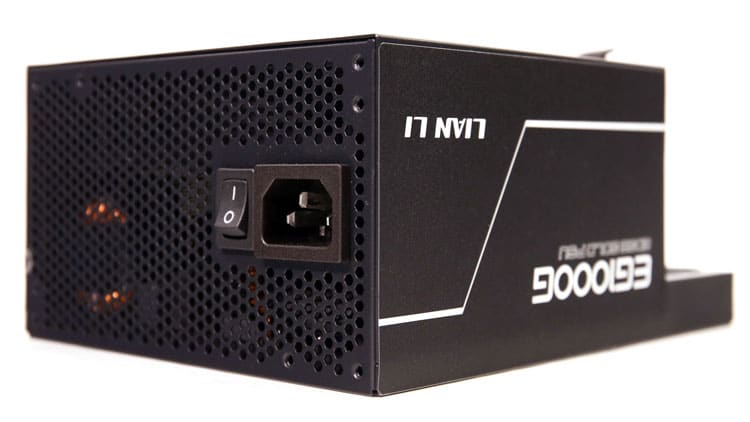
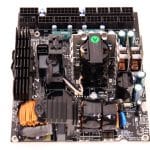
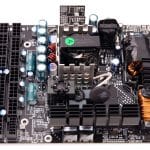
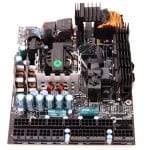
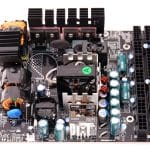
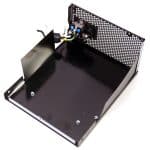
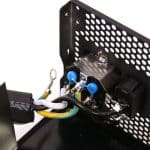
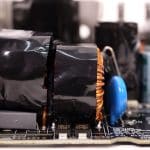
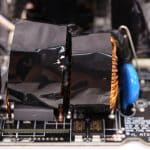
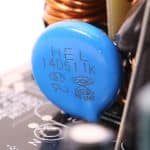
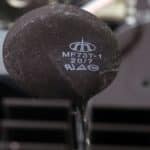
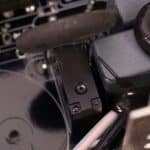
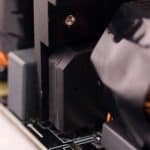
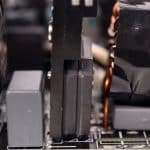
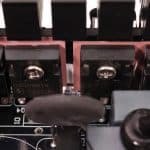
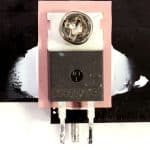
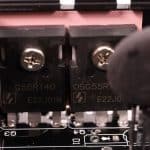
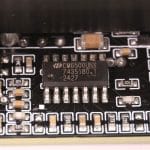
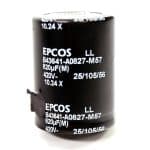
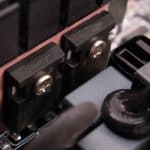
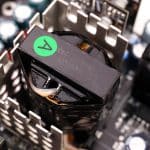
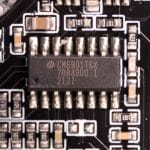
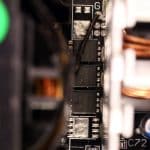
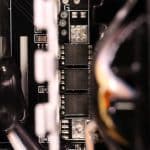
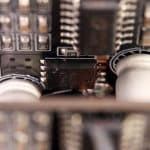
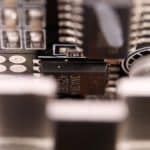
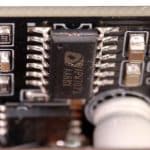
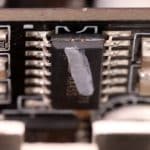
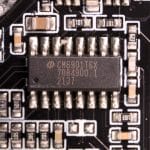
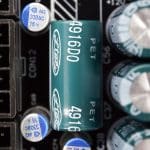
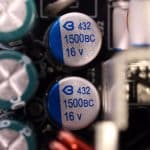
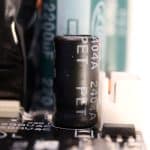
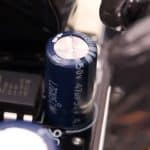
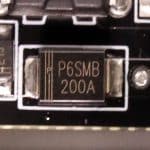
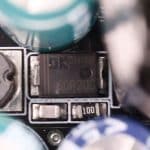

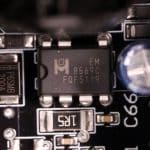
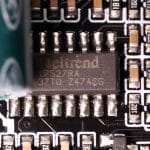
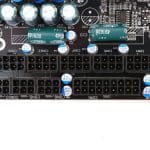
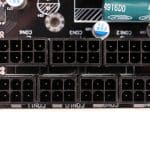
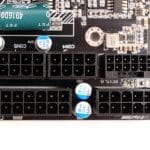
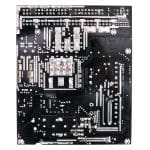
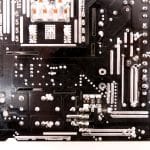
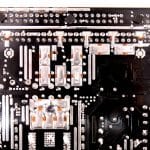
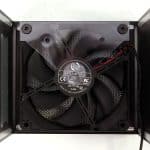
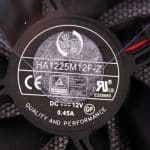
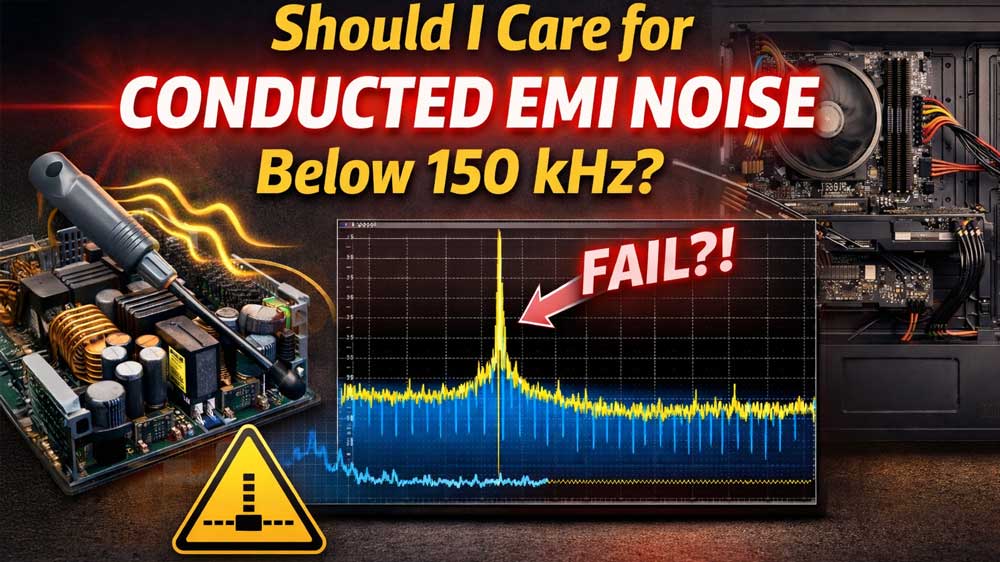
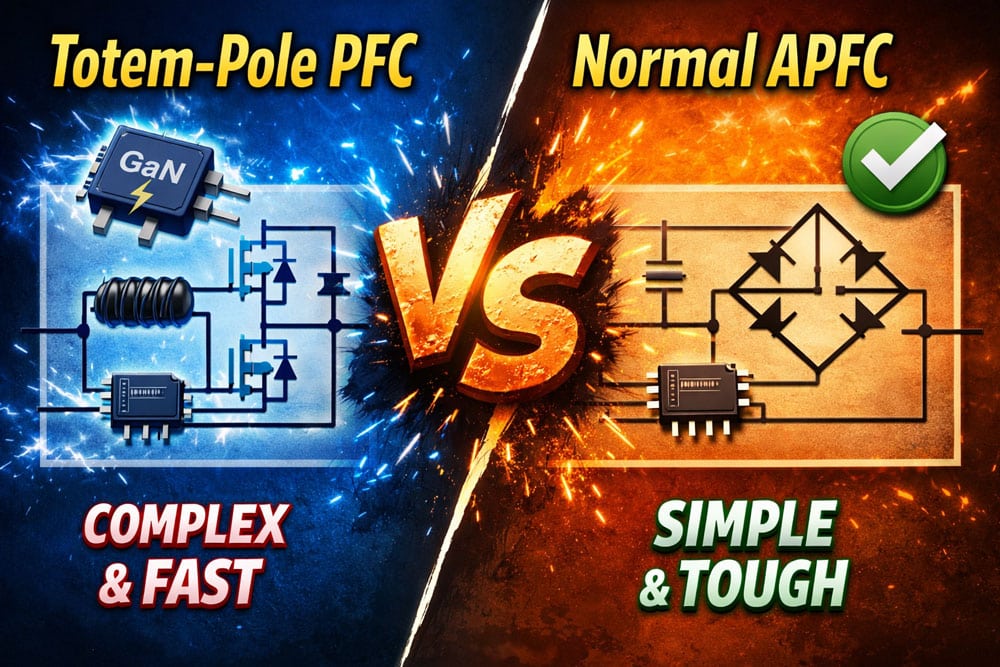
Hello,
C1000 stays at below 6 dbA until 620W but Lıan Li is around 20*25 dbA around same power.
But average noise of Lian Li is lower than most of PSUs including C1000. How that can be possible ?
dBA is a logarithmic scale, not a linear one; increased periods of noise at high levels heavily affect the average noise output, while the lower noise levels do not so much. Look at the period that the C1000 is over 30 dBA and it also has periods of over 35 dBA.
https://hwbusters.com/psus/nzxt-c1000-atx-v3-1-psu-review/9/
Respected Crmaris, what is your impression of HITACHI electrolytic capacitors? In your perspective, do you consider them to be in the same tier as NCC (Nippon Chemi-Con) and Rubycon?
Yes, so far my experience with them is positive.
hello Aris based on your tier list which is better Unicon or Toshin Kogyo caps or it’s just on a same level ?
I haven’t tested any Unicon caps so far, electrolytic ones. TKs, the one I tested are pretty good!
so between TK LGW/LGWA/LGWB with TK LW/LFW/LFWB/LCW what’s different, i look at TK website there are no TK LW/LFW/LFWB/LCW on that product list but i’ve seen some cheap power supply with japan capacitor gimmick use these caps, so do they had real lifetime performance similar to LGW/LGWA/LGWB product or similar to other chinese caps like LTEC or ChengX ?
Not a clue, I just test whatever falls into my hands now. I will deal with details once I post the full database.
Hi, I was wondering if you could answer some questions that I have concerns about. I recently purchased this psu Lian Li Edge 1000w gold and installed it in my rig to power an rtx 5080.
With all these issues of 12vhpwr cables melting, I decided to check my 12v core voltages on hwinfo and noticed that this psu is showing readings of about 11.8v for PCIe and 16-pin, and would dip to as low as 11.6v under load.
I’ve tried checking all the cables and made sure they’re seated properly to avail.
Am I being too paranoid or do these reading look abnormally low. Should I submit and RMA and return the product?